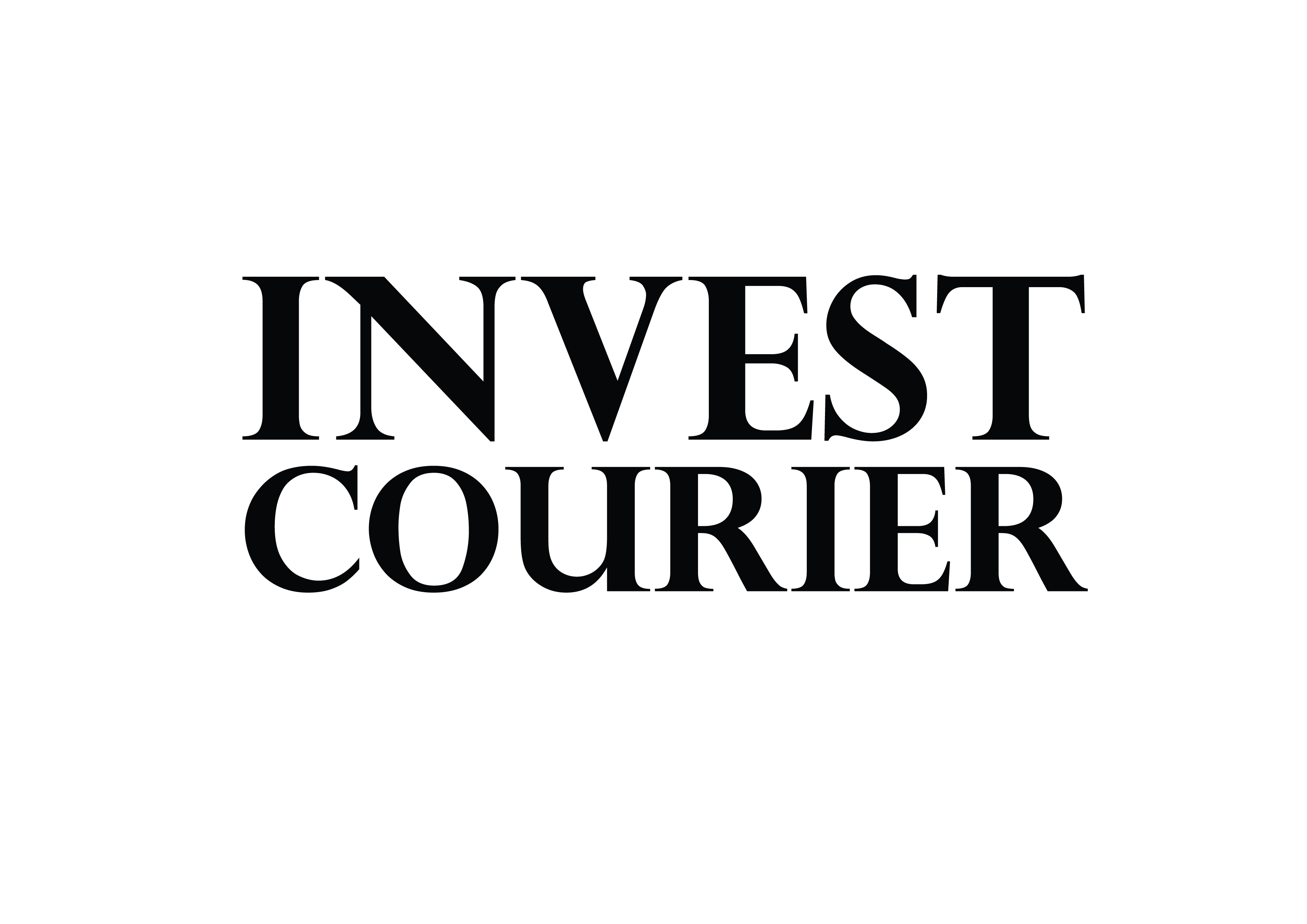Managing multiple high-interest balances can feel overwhelming. Debt consolidation offers a strategic way to simplify payments and potentially reduce interest costs. By combining what you owe into one loan, monthly budgeting becomes easier.
Balance transfer cards provide another option, but loans often offer fixed rates. For example, moving $9,000 from a 25% APR card to a 17% loan could save $820 annually. Lenders like LightStream or Best Egg offer competitive rates based on credit score.
Before deciding, use a calculator to estimate savings. While this approach streamlines repayment, approval depends on financial history. Weighing benefits against potential hurdles helps make an informed choice.
Key Takeaways
- Combining debts may lower interest rates and simplify payments.
- Balance transfer cards are an alternative to consolidation loans.
- Savings vary—calculators help estimate personalized benefits.
- Lenders evaluate creditworthiness before approval.
- Fixed-rate loans provide predictable monthly payments.
What Is Debt Consolidation and How Does It Work?
Credit card bills piling up? There’s a smarter way to manage them. Debt consolidation merges multiple balances—like medical bills, personal loans, or credit cards—into one payment. Instead of tracking several due dates, you focus on a single monthly amount.
- Personal loans: Borrow a lump sum to pay off existing debts, then repay the new loan at a fixed rate.
- Balance transfers: Move high-interest balances to a card with 0% APR for up to 21 months.
- Credit line reuse: Tap home equity or existing credit lines, but this risks collateral.
Lenders check your credit score to set rates. For example, the average credit card APR is 20.09%, while personal loans average 12.37%. That difference could save hundreds yearly.
Watch for fees—origination charges or transfer costs add up. Also, avoid reopening paid-off credit cards unless you’ve nailed spending discipline. One missed payment can undo progress.
The Pros and Cons of Debt Consolidation Loans
Juggling multiple bills with varying due dates creates unnecessary stress. Consolidating balances into one loan offers clarity, but it’s wise to understand both perks and pitfalls.
Lower Interest Rates Accelerate Repayment
Swapping high APRs for a fixed rate slashes interest costs. For example, a $10,000 balance at 22% APR costs $2,200 yearly. A 12% consolidation loan cuts that to $1,200—saving $1,000 annually.
One Payment, Fewer Headaches
Tracking a single due date reduces late fees. Auto-pay ensures consistency, boosting your credit history. Payment history influences 35% of your FICO score, so on-time payments matter.
Credit Score Upsides and Downsides
A hard inquiry may dip your credit score briefly (3–5 points). Long-term gains outweigh this if you:
- Pay collections accounts to improve scoring models.
- Maintain a diverse credit mix (installment loans + revolving credit).
- Avoid closing old accounts—shorter credit age hurts scores.
| Factor | Impact on Credit Score | Tip |
|---|---|---|
| Payment History | 35% | Set calendar reminders |
| Credit Utilization | 30% | Keep below 30% limit |
| Credit Age | 15% | Don’t close oldest card |
Tools like Experian Boost track progress. Over time, disciplined habits lift scores higher than pre-consolidation levels.
Potential Drawbacks of Debt Consolidation
Simplifying payments sounds great, but there are hidden challenges. While merging balances cuts clutter, fees and strict qualifications can offset benefits. Before committing, weigh these risks carefully.

Upfront Fees and Qualification Hurdles
Lenders often charge origination fees (1%–8% of the loan). For a $15,000 loan, that’s $150–$1,200 upfront. Approval also hinges on your credit score—most lenders require 580+.
- Hard inquiries during applications may dip your score temporarily.
- Low-income applicants face stricter debt-to-income ratio checks (often below 40%).
Missed Payments Amplify Debt Faster
A single 30-day late payment stays on your report for seven years. It also triggers penalty APRs, undoing consolidation savings. Minimum payments on credit cards? You’d need 319 months to clear a $10,000 balance at 18% APR.
| Risk | Consequence | Prevention Tip |
|---|---|---|
| Missed Payment | Credit score drop (up to 110 points) | Set autopay + calendar alerts |
| New Debt | Higher utilization ratio | Freeze paid-off credit cards |
| Emergency Costs | Reliance on credit | Save 3–6 months’ expenses |
Tools like Mint or YNAB help track spending. For accountability, nonprofit credit counseling agencies (e.g., NFCC) offer free budget reviews.
How to Qualify for a Debt Consolidation Loan
Qualifying for a better rate starts with understanding lender requirements. Most look for a 580+ FICO score, verifiable income, and a debt-to-income (DTI) ratio below 50%. Your credit history and loan amount shape approval odds.
Credit unions often offer lower interest rates for fair credit (650–700). Online lenders may accept scores as low as 580, while banks prefer 670+. Prequalification with soft credit checks lets you compare terms without score damage.
Lender Comparison
| Lender Type | Credit Score Range | Best For |
|---|---|---|
| Banks | 670+ | Low rates, existing customers |
| Online Lenders | 580+ | Fast approval, flexible terms |
| Credit Unions | 650+ | Lower fees, member benefits |
Gather these documents before applying:
- Pay stubs or tax returns (proof of income)
- Government-issued ID
- List of current debts and balances
Rate-shopping? Compare at least three lender offers within 14 days to minimize credit inquiries. For thin files, consider credit-builder loans to boost eligibility.
Warning: Multiple hard inquiries in a short span can drop your score. Stick to prequalification tools first to gauge approval odds.
Alternatives to Debt Consolidation Loans
Not all financial fixes require loans—discover flexible alternatives today. From balance transfer cards to nonprofit counseling, these options can ease your burden without new borrowing.
Balance Transfer Cards: Interest-Free Repayment
A 21-month 0% APR credit card could save you thousands. For example, a $7,000 balance paid over 21 months costs $0 interest. Compare that to a 24-month loan at 10% APR ($635 in interest).
- Check fees: Most cards charge 3–5% transfer fees upfront.
- Credit limits: Ensure your new card’s limit covers the full balance.
- Deadlines: Miss the promo period, and rates jump to 15–25%.
Snowball vs. Avalanche Methods
Prefer DIY repayment? Two popular strategies:
- Snowball: Pay smallest debts first for quick wins.
- Avalanche: Target high-interest balances to save more long-term.
Nonprofit Credit Counseling
NFCC-member agencies offer debt management plans (DMPs). They negotiate lower rates with creditors and combine payments into one monthly bill. Fees average $25–$50/month.
Home Equity Risks
HELOCs or loans tap home equity but risk foreclosure if payments lapse. Rates are variable—today’s 6% could become 10% later.
Debt Settlement Warnings
Settling for less than owed hurts your credit score and may trigger tax bills on forgiven amounts. Scammers often promise unrealistic results—avoid upfront fees.
“DMPs cut interest by 50% on average, but discipline is key—new charges cancel progress.”
Spot red flags: pressure to act fast, lack of BBB accreditation, or guarantees before reviewing your finances.
Conclusion: Is Debt Consolidation Right for You?
Stuck juggling multiple payments? Merging balances might streamline your budget. Compare current APRs with potential loan rates—savings depend on this gap.
Success hinges on behavior. Without spending adjustments, credit score gains vanish. Pair consolidation with the avalanche method to tackle high-interest debts first.
Before applying, check these boxes:
- Calculate all fees (origination, transfer costs).
- Confirm emergency funds cover 3+ months of expenses.
- Prequalify with lenders to avoid credit score dips.
Ready to simplify? Start with a free credit score check. Tools like recession-proof planning help balance debt payoff with long-term goals.
Every financial journey is unique. With discipline, merging debts can be your first step toward freedom.
FAQ
How does debt consolidation work?
It combines multiple debts into a single loan, often with a lower interest rate. This simplifies payments and may reduce what you owe over time.
Can a debt consolidation loan improve my credit score?
Yes, if you make timely payments. Lowering credit card balances and having a structured repayment plan can boost your score.
What are the risks of consolidating debt?
Upfront fees, stricter qualification rules, and the temptation to rack up new debt can make it risky if not managed carefully.
What credit score do I need to qualify?
Lenders typically prefer scores above 650, but some offer options for lower scores—though with higher interest rates.
Are there alternatives to a consolidation loan?
Yes! Balance transfer cards, personal loans, or debt management plans might suit your budget better. Compare options before deciding.
Will my monthly payment decrease?
Possibly. A lower interest rate or extended term can reduce payments, but stretching repayment could mean paying more overall.


